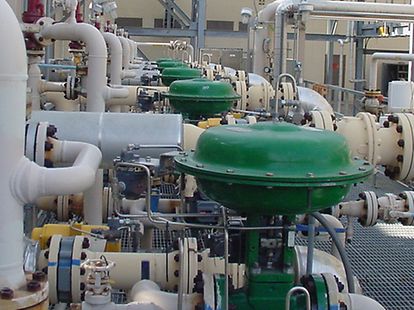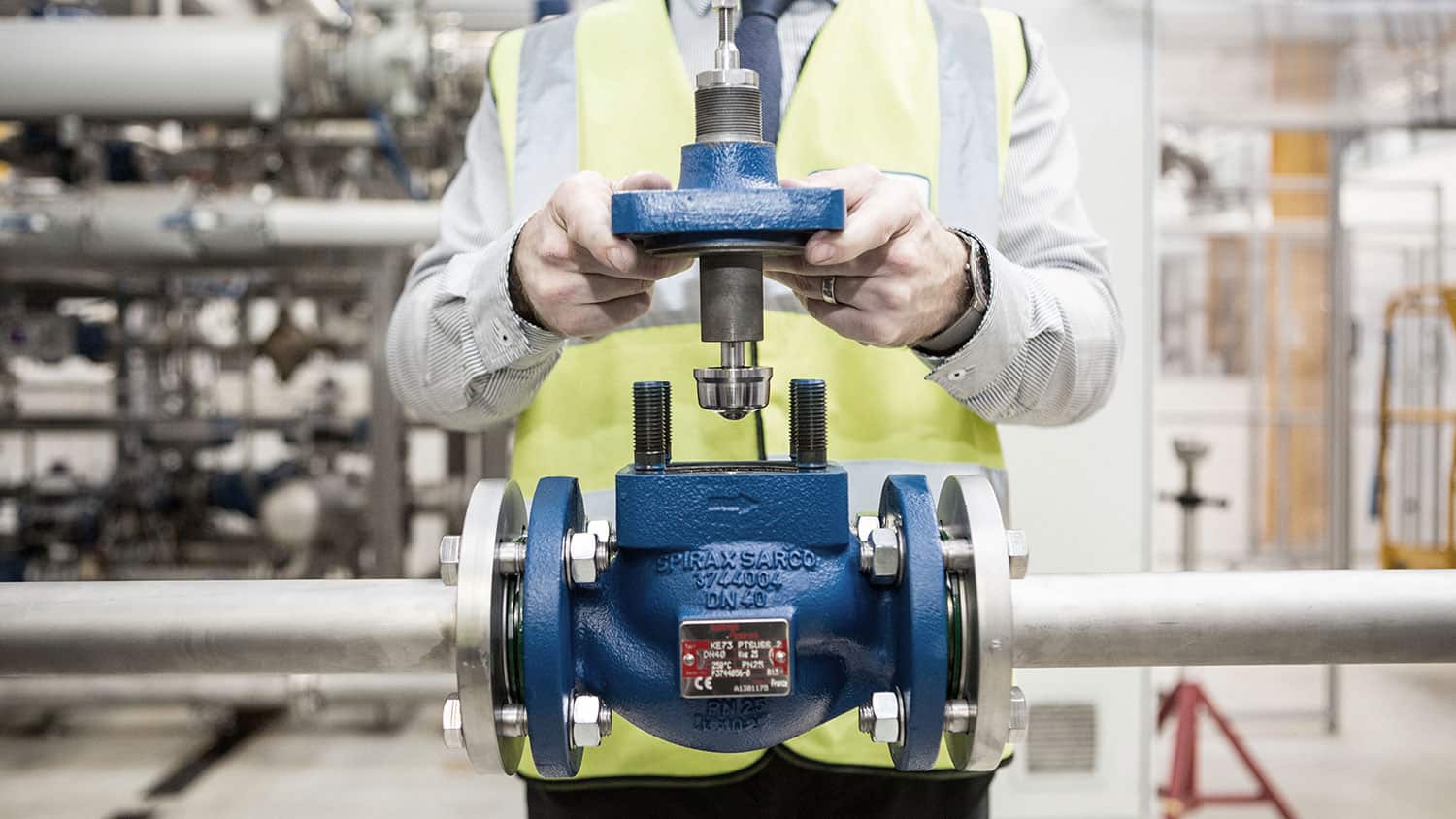Enhancing Operational Effectiveness with Advanced Control Valves
Enhancing Operational Effectiveness with Advanced Control Valves
Blog Article

Maximize Energy Financial Savings and Comfort With Advanced Building Automation Controls
In the realm of contemporary style and facility administration, the integration of sophisticated structure automation manages stands as a pivotal innovation. By harnessing the power of automation, structures can adapt, respond, and develop in methods that were once inconceivable.
Power Efficiency Benefits
Power efficiency benefits can substantially lower power usage and functional prices in structures. Energy-efficient systems, such as innovative building automation controls, can optimize the use of resources like home heating, illumination, and cooling, leading to lower power expenditures over time.
Furthermore, improved energy effectiveness can extend the lifespan of structure tools and systems. By operating a lot more effectively, cooling and heating systems, light, and various other structure elements experience much less damage, causing decreased upkeep and replacement costs. Additionally, energy-efficient buildings commonly command greater residential property worths and rental prices, providing lasting financial advantages to proprietors.
Moreover, power performance can boost occupant convenience and productivity. Appropriately managed indoor atmospheres with optimal illumination and thermal conditions develop a more pleasurable and favorable office, bring about boosted staff member complete satisfaction and performance. In general, the energy performance advantages related to innovative building automation controls are multifaceted, including cost savings, environmental stewardship, and occupant wellness.
Boosted Comfort Control
Enhancing convenience control in structure settings calls for a sophisticated assimilation of sophisticated automation systems for ideal passenger well-being. By using advanced building automation controls, facilities can tailor the indoor setting to satisfy the specific demands and choices of owners. These systems allow precise law of lights, temperature level, and air flow, developing a comfortable and effective environment. Passenger contentment and productivity are carefully connected to thermal comfort, making it vital to have systems in place that can adapt to changing conditions in real-time.
By including these innovative controls, structures can not just enhance comfort but also enhance power efficiency by optimizing system procedures based on real occupancy and use patterns. Eventually, focusing on occupant convenience through innovative automation systems leads to a more delightful and healthier indoor setting.
Functional Efficiency Improvements

Furthermore, the execution of real-time surveillance and analytics devices makes it possible for building operators to recognize energy ineffectiveness and operational anomalies promptly. By constantly monitoring energy usage patterns and system efficiency metrics, modifications can be made in real-time to optimize energy usage and make certain peak functional efficiency. control valves. Furthermore, including need response techniques into building automation controls can additionally boost functional performance by dynamically changing power use based upon grid problems and pricing signals
Indoor Climate Optimization
Effective interior environment optimization is a basic facet of structure automation controls, ensuring passengers' convenience and health while optimizing power financial savings. By utilizing sophisticated sensors and controls, developing automation systems can constantly check and readjust temperature, moisture degrees, air top check it out quality, and air flow to develop an optimum interior setting. Preserving constant and comfy problems not just improves passenger fulfillment yet additionally increases productivity and overall health.
Interior climate optimization likewise plays an essential role in energy efficiency. By fine-tuning heating, ventilation, and cooling systems based upon real-time data and occupancy patterns, developing automation controls can significantly minimize power usage - control valves. For circumstances, executing techniques such as demand-controlled ventilation and thermal zoning can assist decrease energy waste while making sure that each location of the structure obtains the needed conditioning.

Sustainable Atmosphere Development
Structure automation regulates not Clicking Here just optimize indoor climate conditions for energy performance and occupant convenience yet likewise lay the foundation for creating a sustainable environment with calculated monitoring of systems and resources. By incorporating sophisticated building automation modern technologies, such as sensors, actuators, and intelligent software program, facilities can change and keep track of power usage in real-time to lessen waste and minimize their carbon footprint. These systems allow predictive maintenance, determining potential problems before they intensify and enhancing tools performance to enhance longevity and efficiency.
Furthermore, lasting environment production extends past power monitoring to include water preservation, waste decrease, and indoor air quality renovation. Structure automation controls can control water usage, find leaks, and make certain proper garbage disposal methods, adding to overall sustainability initiatives. Additionally, by keeping track of and managing ventilation and purification systems, these innovations boost resident health and productivity while reducing power intake linked with a/c procedures.
Conclusion
In verdict, advanced building automation manages deal substantial advantages in regards to energy financial savings, convenience control, operational performance, indoor climate optimization, and developing a lasting environment. By carrying out these controls, buildings can attain optimal efficiency while reducing energy consumption and improving owner comfort. It appears that making use of advanced automation technology is crucial in enhancing building efficiency and Related Site producing an extra lasting future.
Power efficiency benefits can dramatically minimize power intake and functional expenses in structures. On the whole, the power performance benefits connected with innovative building automation controls are multifaceted, encompassing expense savings, ecological stewardship, and resident well-being.
Additionally, integrating demand response methods right into structure automation controls can better enhance operational performance by dynamically adjusting energy usage based on grid problems and rates signals.
Structure automation regulates not only optimize indoor climate conditions for energy performance and occupant convenience but likewise lay the structure for producing a lasting environment through critical administration of sources and systems.In verdict, advanced building automation regulates deal substantial benefits in terms of energy savings, comfort control, operational effectiveness, indoor environment optimization, and creating a lasting setting.
Report this page